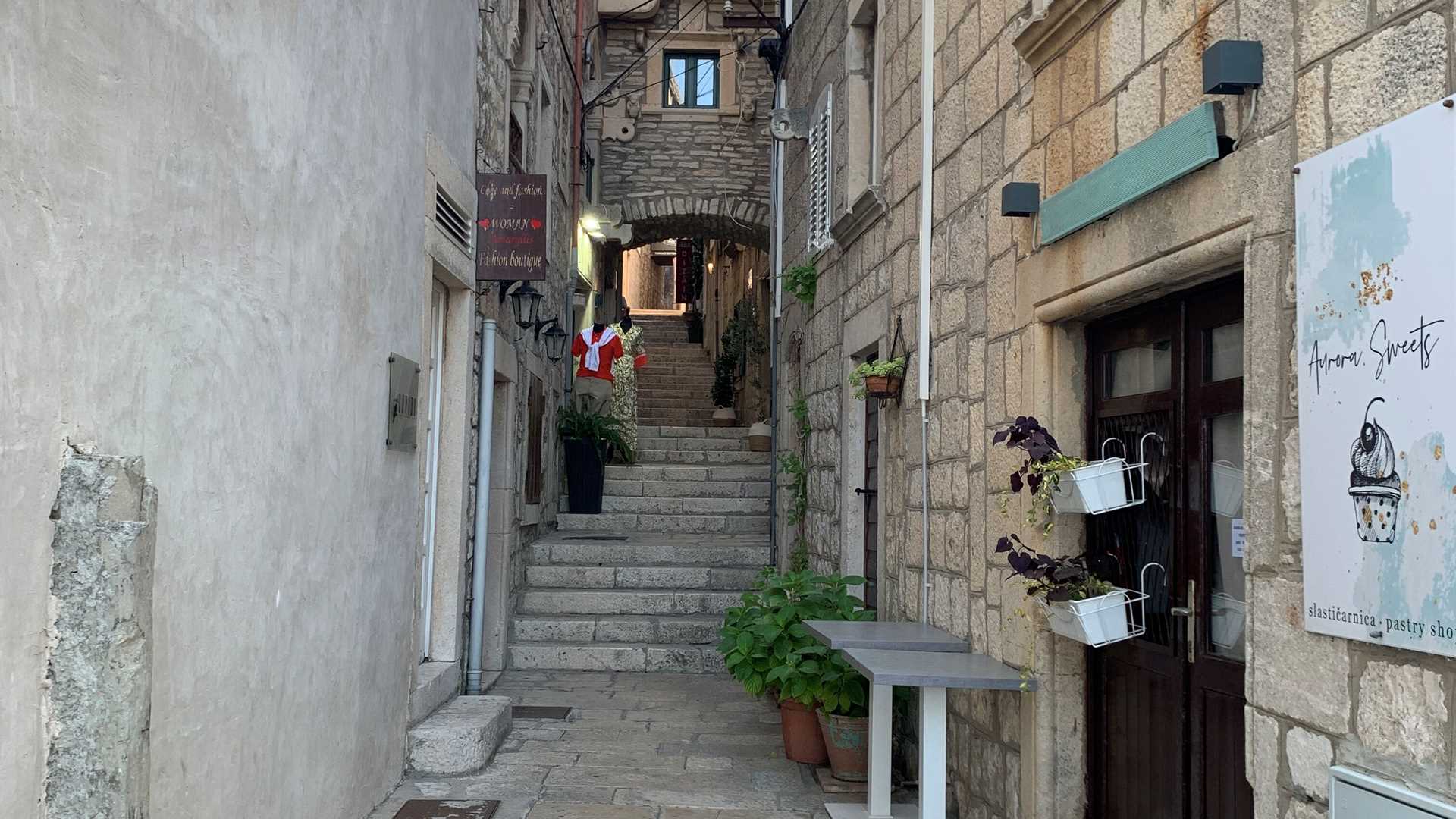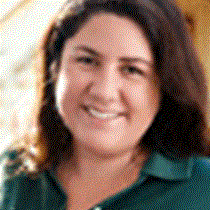During the first part of the morning, our captain hoisted up the sails again. We went back to the romantic era of sailing along the beautiful Dalmatian Coast. At 10:30, we had an interesting lecture about Croatia in the twentieth century by our Croatian cultural expert, Petra Nosetic. It helped us to have a better perspective and understanding of the Western Balkans and its recent history.
After lunch, we dropped anchor in front of Korcula, an uplifted block of limestone running northwest to southeast, as is the Peljesac Peninsula only just connected to the mainland at its easternmost point. By 2:00 in the afternoon, we were invited to swim from the ship. It was a feast of colours in the pristine, 88 degrees F Adriatic waters.
I had come to Korcula for the first time in the company of my mother. The lovely “dark Corfu” island, with its hills covered by dense vegetation, brought me warm memories of the delightful time we spent exploring its narrow streets. Here I learned that this could have been the birthplace of Marco Polo, my childhood hero and the first European to explore Asia in the 14th century.
The walking tour in the afternoon took us to the historic centre of the town, where we visited the four-nave cathedral of St. Mark’s and its impressive treasury. One of the highlights was observing the oldest tradition that the devout Catholic inhabitants of Korčula have been keeping alive: a weapon dance called the Moreška. This dance dates to the Middle Ages. It was originally only performed on special occasions, but it was presented to us in an open-air space. It is an elaborate production involving two groups of dancers engaging in a mock battle over the fate of a veiled young woman with a happy ending. All dancers are amateurs and of different ages, which made us amazed at the scale of physical fitness and concentration required to perform this kind of a weapon twirl.
In the evening, we had a barbecue with fresh Mediterranean tuna at the Lido Bar as we enjoyed the view of this fantastic limestone coast.







